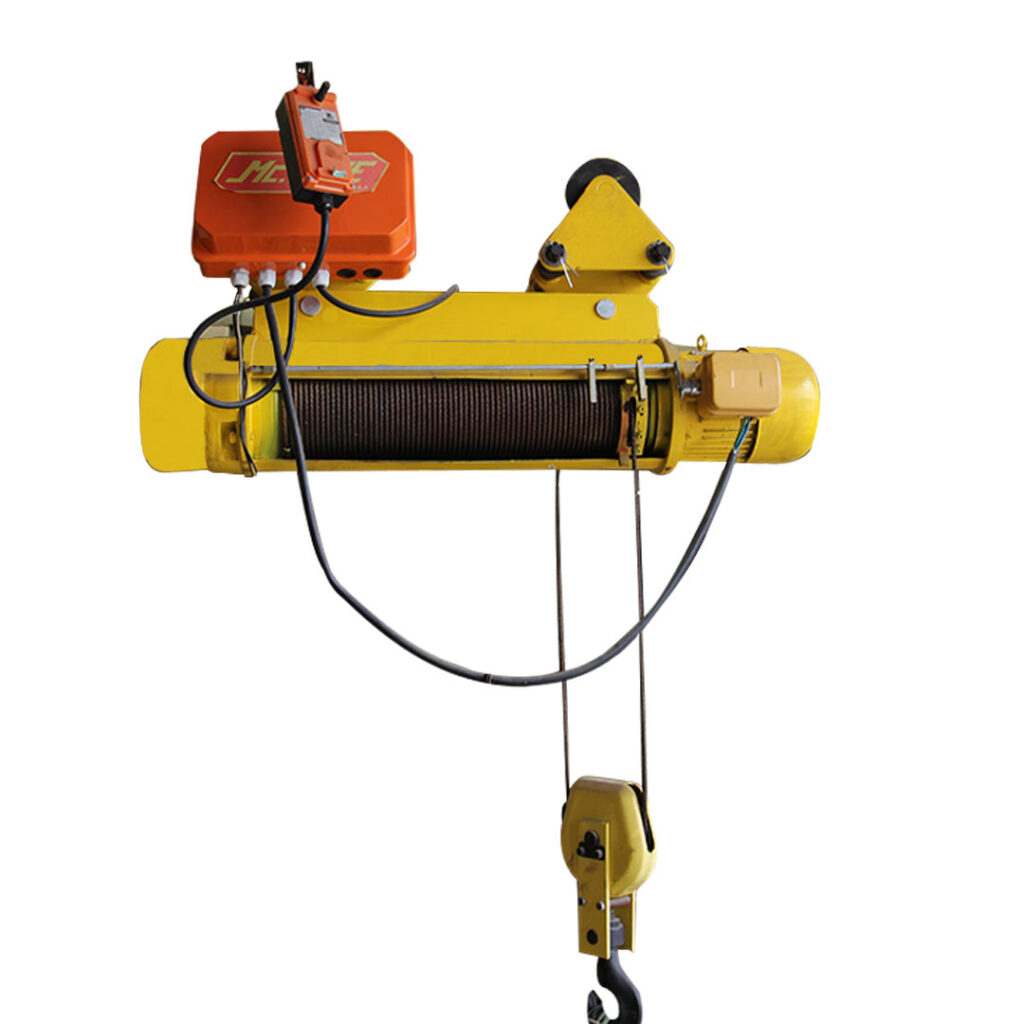Advanced electric hoist technology has revolutionized lifting operations across various industries, significantly enhancing efficiency, safety, and productivity. As industries continue to evolve, the demand for robust and reliable lifting solutions has increased, leading to the development of innovative electric hoists that cater to diverse operational needs. These advancements are particularly evident in sectors such as construction, manufacturing, logistics, and warehousing, where the ability to lift heavy loads swiftly and securely is paramount. One of the most notable advancements in electric hoist technology is the integration of smart features, which utilize IoT Internet of Things capabilities to enhance operational control and monitoring. Modern electric hoists are equipped with sensors that provide real-time data on load weights, operational status, and maintenance needs. This data not only aids operators in making informed decisions but also allows for predictive maintenance, reducing downtime and increasing equipment longevity. By implementing such technologies, industries can optimize their lifting operations, ensuring that equipment is always functioning at peak performance.

Safety is another critical aspect where advanced electric hoist technology excels. Traditional lifting methods often involve significant risks, including equipment failure and operator error. However, modern electric hoists come with advanced safety features such as overload protection, emergency stop functions, and enhanced braking systems. These features help prevent accidents and injuries, ensuring a safer work environment. Additionally, operator-training programs are increasingly incorporating simulations and virtual training, enabling personnel to familiarize themselves with new hoist technologies in a risk-free setting before operating them in real-life situations. The energy efficiency of advanced electric hoists also contributes to their appeal across industries. Many modern hoists utilize variable frequency drives VFDs that adjust the motor speed according to the load, optimizing power consumption. This not only reduces energy costs but also lessens the environmental impact of lifting operations. Companies increasingly prioritize sustainability, and energy-efficient hoisting solutions align with their goals of reducing carbon footprints while maintaining productivity.
Furthermore, the versatility of advanced electric hoist makes them suitable for a wide range of applications. From heavy-duty construction tasks to delicate assembly operations in manufacturing, these hoists can be customized with various attachments and features to meet specific operational requirements. For instance, some electric hoists are designed for outdoor use, featuring weather-resistant materials, while others may have specialized hooks or grips to handle unique loads safely. In conclusion, the advancements in electric hoist technology are transforming lifting operations across industries, enhancing efficiency, safety, and energy management. As businesses continue to seek innovative solutions to meet their lifting needs, the evolution of electric hoists will play a crucial role in shaping the future of industrial operations. With their smart capabilities, safety features, and versatility, advanced electric hoists are poised to become an indispensable asset in the ongoing pursuit of operational excellence in various sectors.